Healthcare Assistance
Everyone deserves quality health care ...
At Morgan Charitable Foundation we believe strongly that High-quality health care helps to prevent diseases and improve quality of life. We focus on improving health care quality and making sure all people get the health care services they need. Helping health care providers communicate more effectively can help improve health and well-being. Strategies to make sure health care providers are aware of treatment guidelines and recommended services are also key to improving health. Getting preventive care reduces the risk for diseases, disabilities, and death — yet millions of people in Nigeria don’t get recommended preventive health care services. Morgan Charitable Foundation focuses on increasing preventive care for people of all ages. Teaching people about the importance of preventive care is key to making sure more people get recommended services. Our health outreaches involve awareness campaigns, free medical tests and treatment of some common diseases among poor and less privilege people. These include the following:
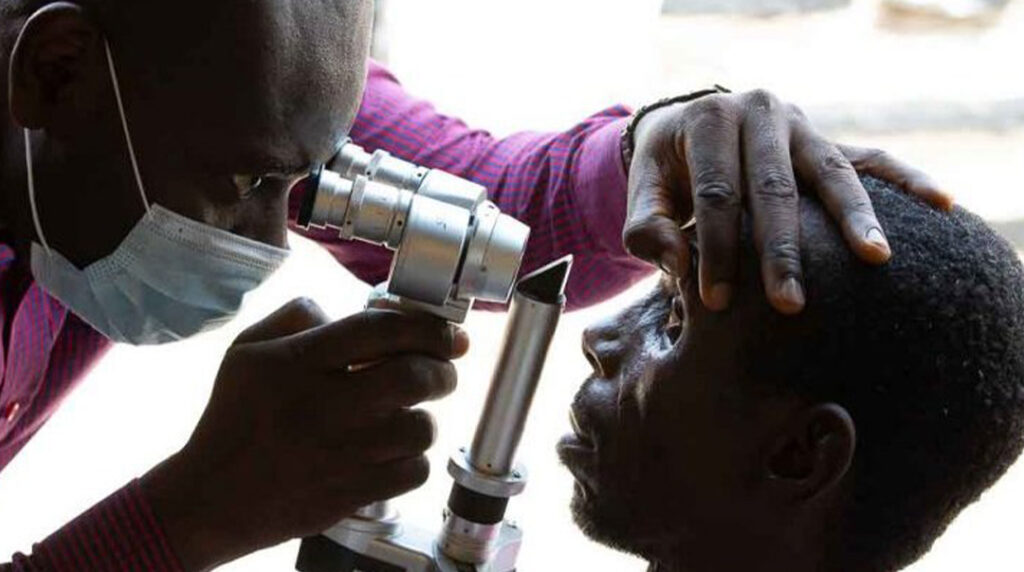
EYE CHECK
Many eye diseases have no symptoms or warning signs, but they can cause vision loss and other serious problems if they aren’t treated early. Getting comprehensive dilated eye exams on a regular basis is the only way to catch some eye diseases early. Outreaches and communication campaigns that focus on healthy vision are keys to increasing the proportion of adults who get regular dilated eye exams.

ORAL CHECK
Oral diseases cause pain and disability for millions of people in Nigeria, and some are linked to other diseases — like diabetes, heart disease, and stroke. Regular visits to the dentist can help prevent oral diseases and related problems, but most people haven’t been to the dentist in the last year. Strategies to make it easier for people to get dental care are critical for better oral health and overall health outcomes.
Both gum disease and tooth decay can lead to tooth loss if they’re not treated. People who have lost all their teeth may have trouble talking and eating. Although complete tooth loss is less common than it used to be, disparities by age, race/ethnicity, education level, and income remain. Strategies to prevent gum disease and tooth decay can help prevent tooth loss.
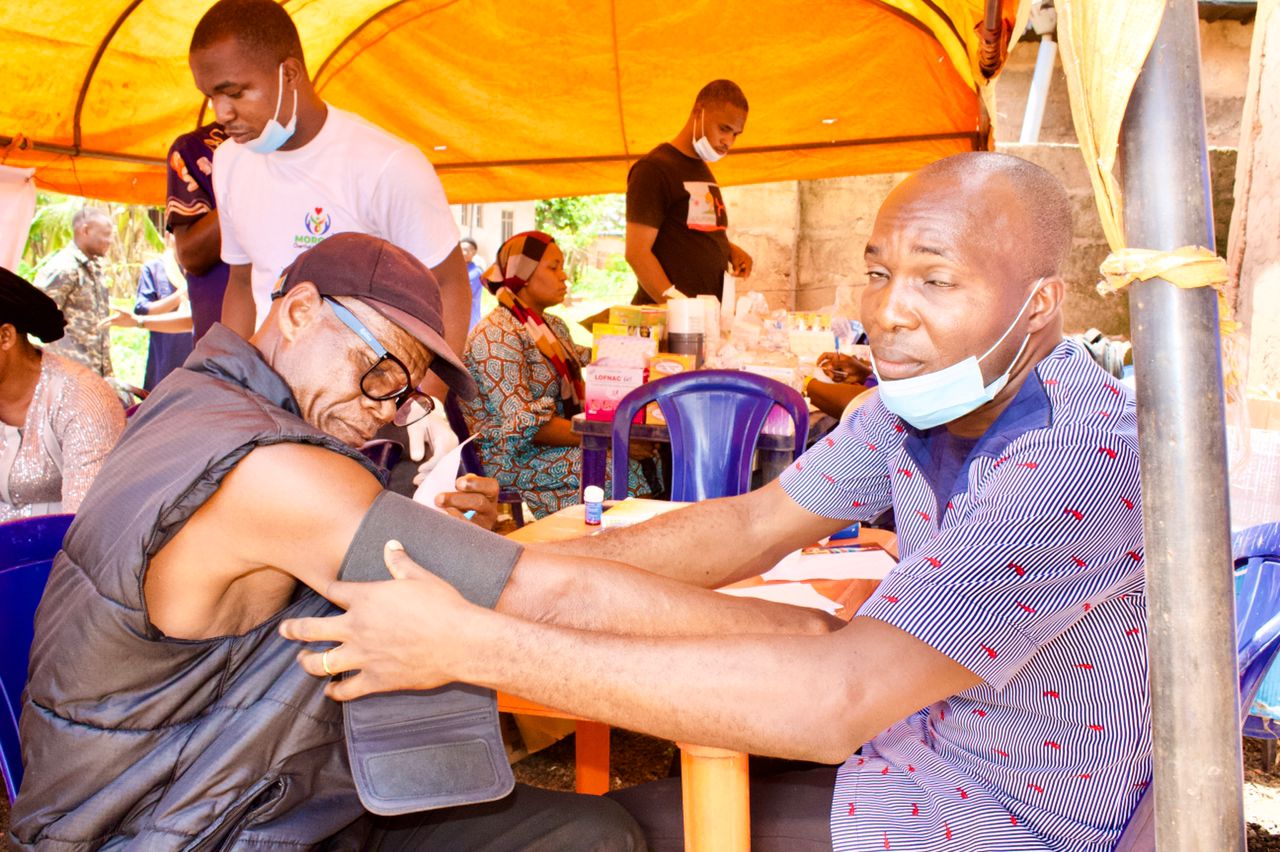
HIGH BLOOD PRESSURE
Many adults in Nigeria have high blood pressure, or hypertension. Controlling or lowering blood pressure can help prevent chronic kidney disease, heart attack, heart failure, and stroke. Screening for high blood pressure and taking steps to lower it through lifestyle changes — and medication when appropriate — can help keep blood pressure under control.
Heart disease is one of the leading cause of death in Nigeria, same as stroke. Morgan Charitable Foundation focuses on preventing and treating heart disease and stroke and improving overall cardiovascular health.
Heart disease and stroke can result in poor quality of life, disability, and death. Though both diseases are common, they can often be prevented by controlling risk factors like high blood pressure and high cholesterol through treatment.
In addition, making sure people who experience a cardiovascular emergency — like stroke, heart attack, or cardiac arrest — get timely recommended treatment can reduce their risk for long-term disability and death. Teaching people to recognize symptoms is key to helping more people get the treatment they need.
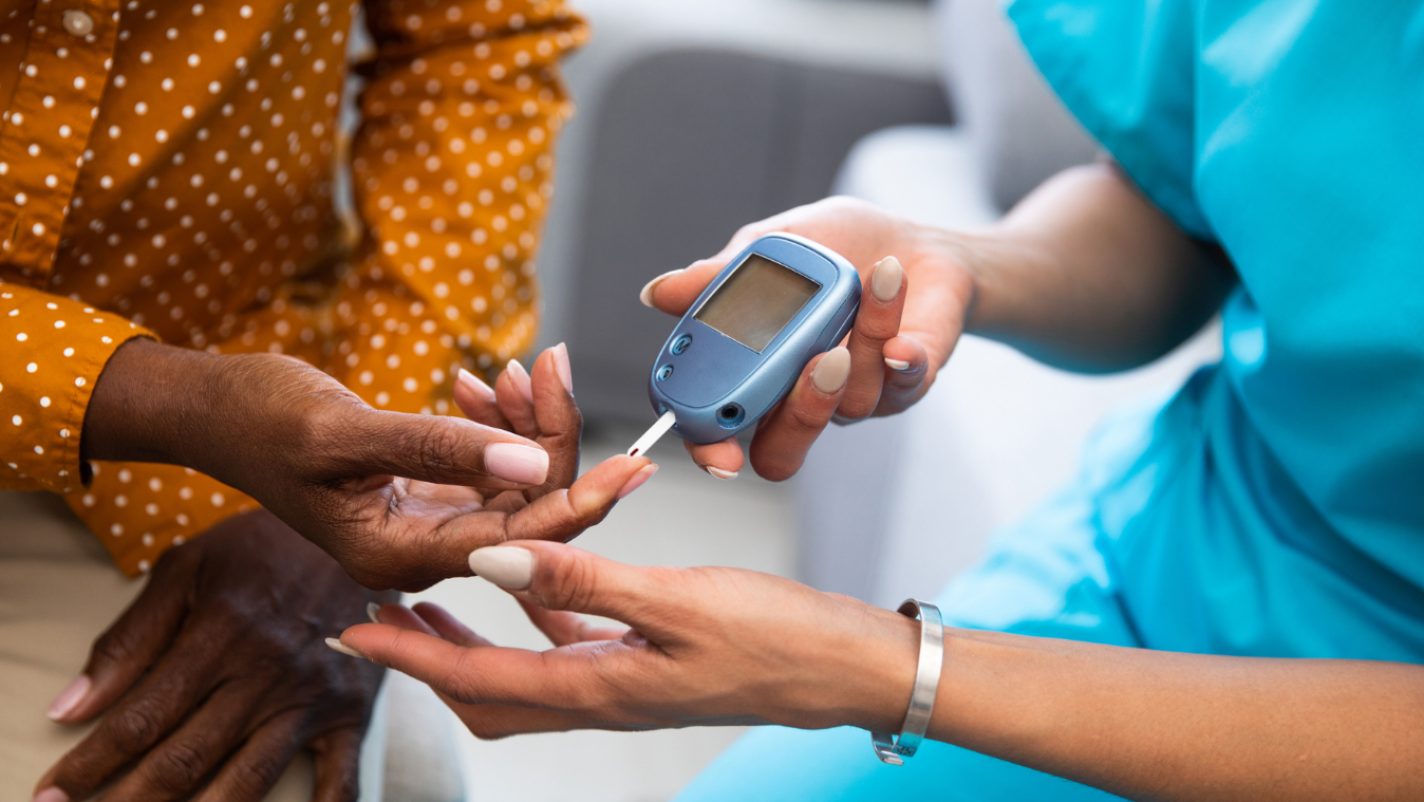
DIABETES
Many people in Nigeria have diabetes, and it’s one of the leading cause of death. Morgan Charitable Foundation focuses on reducing diabetes cases, complications, and deaths.
Many people with diabetes don’t know they have it.
Poorly controlled or untreated diabetes can lead to leg or foot amputations, vision loss, and kidney damage. But interventions to help people manage diabetes can help reduce the risk of complications. In addition, strategies to help people who don’t have diabetes eat healthier, get physical activity, and lose weight can help prevent new cases.
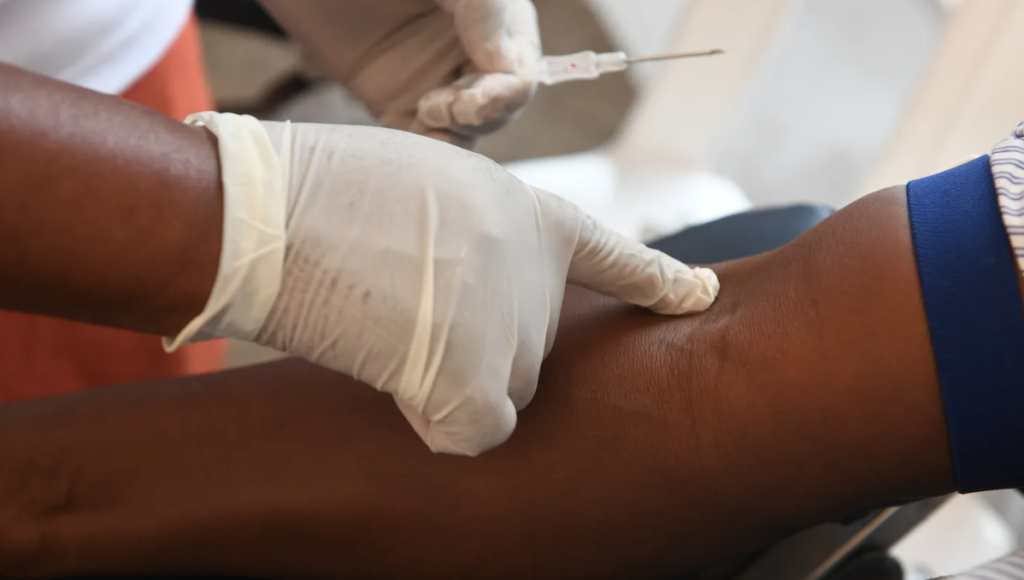
HIV AND TUBERCULOSIS (TB)
People are most likely to get HIV from people who don’t know they have it, people who know they have it but aren’t getting treatment, or people getting care for HIV who don’t have it under control. People with HIV who take their medication as prescribed and get the virus under control can live long, healthy lives and have effectively no risk of transmitting HIV to a sexual partner. People who don’t have HIV can take PrEP (pre-exposure prophylaxis) to prevent them from getting HIV.
Testing everyone ages 13 to 64 years for HIV at least once in their lifetime — and testing people at high risk for HIV at least once a year — can lead to early diagnosis and treatment.
Each year, many women with HIV give birth in Nigeria. Women with HIV can pass the infection to their child during pregnancy, labour, delivery, and breastfeeding. Increasing HIV testing in pregnant women and women planning to get pregnant can help reduce the rate of HIV infection in infants. Retesting pregnant women during the third trimester in areas where HIV among women is more common can also help protect infants. In addition, making sure women who have HIV get treatment can help prevent HIV in infants.
People with HIV who are linked to HIV medical care soon after they’re diagnosed can start getting treatment earlier. If they take their medication as prescribed, they’re more likely to be able to control the virus, live long and healthy lives, and have effectively no risk of passing HIV to sexual partners.
HIV and TB are the world’s two deadliest infectious diseases. Moreover, these epidemics are tragically interconnected, as TB is the leading cause of death for people living with HIV.
Some of our activities include targeted HIV testing and counselling, HIV treatment, services to prevent mother-to-child transmission, and TB/HIV integrated service delivery.
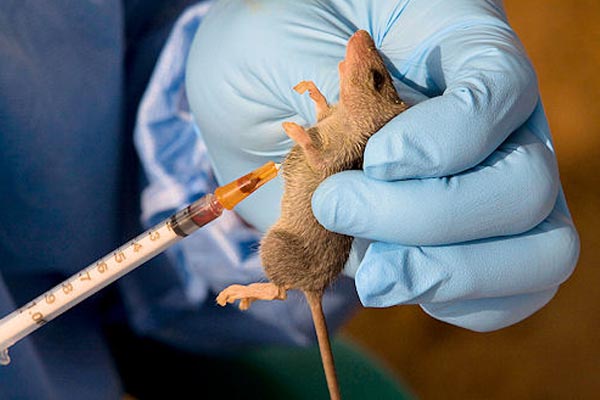
LASA FEVER
Lassa Fever is an acute viral haemorrhagic illness that is endemic in some countries of West Africa. For example, Benin, Ghana, Guinea, Liberia, Mali, Sierra Leone, and Nigeria. The overall case-fatality rate of Lassa Fever is 1%. The number of Lassa virus infections per year in West Africa is estimated at 100,000 to 300,000, with approximately 5,000 deaths. Unfortunately, such estimates are crude, because surveillance for cases of the disease is not uniformly performed. In some areas of Sierra Leone and Liberia, it is known that 10%-16% of people admitted to hospitals every year have Lassa fever, which indicates the serious impact of the disease on the population of this region.
Primary transmission of the Lassa virus from its host to humans can be prevented by avoiding contact with Mastomys rodents, putting food away in rodent-proof containers and keeping the home clean help to discourage rodents from entering homes.
At Morgan Charitable Foundation, we take Lasa fever awareness campaign to the villages where there are no proper means of storing their food and consumable items.
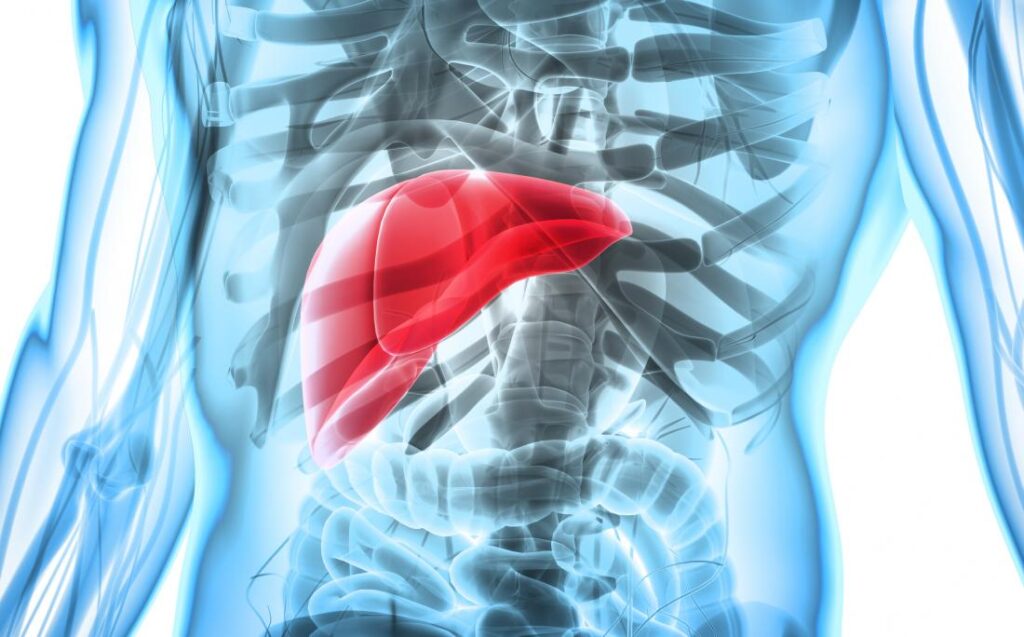
HEPATITIS
Hepatitis is an inflammation of the liver that is caused by a variety of infectious viruses and non-infectious agents leading to a range of health problems, some of which can be fatal. There are five main strains of the hepatitis virus, referred to as types A, B, C, D and E. While they all cause liver disease, they differ in important ways including modes of transmission, severity of the illness, geographical distribution and prevention methods. In particular, types B and C lead to chronic disease in hundreds of millions of people and together are the most common cause of liver cirrhosis, liver cancer and viral hepatitis-related deaths. An estimated 354 million people worldwide live with hepatitis B or C, and for most, testing and treatment remain beyond reach.
Some types of hepatitis are preventable through vaccination. A World Helth Organisation (WHO) study found that an estimated 4.5 million premature deaths could be prevented in low- and middle-income countries by 2030 through vaccination, diagnostic tests, medicines and education campaigns. WHO’s global hepatitis strategy, endorsed by all WHO Member States, aims to reduce new hepatitis infections by 90% and deaths by 65% between 2016 and 2030.

CHOLERA
Cholera is an acute diarrhoeal infection caused by ingestion of food or water contaminated with the bacterium Vibrio cholerae. Cholera remains a global threat to public health and an indicator of inequity and lack of social development.
Key facts
- Cholera is an acute diarrhoeal disease that can kill within hours if left untreated.
- Cholera is a disease of poverty affecting people with inadequate access to safe water and basic sanitation.
- Conflict, unplanned urbanization and climate change all increase the risk of cholera.
- Researchers have estimated that each year there are 1.3 to 4.0 million cases of cholera, and 21 000 to 143 000 deaths worldwide due to cholera (1).
- Most of those infected have no or mild symptoms and can be successfully treated with oral rehydration solution.
- Severe cases need rapid treatment with intravenous fluids and antibiotics.
- Provision of safe water and basic sanitation, and hygiene practices is critical to prevent and control the transmission of cholera and other waterborne diseases.
- Oral cholera vaccines should be used in conjunction with improvements in water and sanitation to control cholera outbreaks and for prevention in areas known to be high risk for cholera.
- A global strategy on cholera control, Ending cholera: a global roadmap to 2030, with a target to reduce cholera deaths by 90% was launched in 2017.
